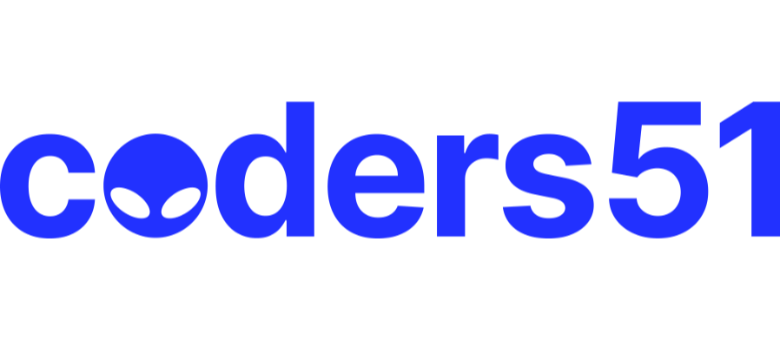CommunityNews
A WebAssembly Powered Augmented Reality Sudoku Solver
A WebAssembly Powered Augmented Reality Sudoku Solver.
An Augmented Reality Sudoku solver using the WebAssembly build of OpenCV (a C++ computer vision library), Tensorflow (a machine learning library) and solver written in Rust. It neatly demonstrates how WebAssembly allows you to write performance-critical web-based applications in a wide range of languages.
This thread was posted by one of our members via one of our automated news source trackers.
Popular Frontend topics

Stock Toolkit: Conclusion :: Brain Dump — Geoff’s Technical Notebook.
My toy stock toolkit application is “feature complete” for now. I’...
New
The No-Framework Framework: JavaScript Without React Part I.
How I improved my programming speed by replacing React with plain JavaScrip...
New
In this tutorial, I’ll walk you step-by-step on how to install TailwindCSS 2.0 on Ruby on Rails.
New
Libsodium has been fully supporting WebAssembly as a target for quite a long time. This includes its built-in benchmark suite, that can r...
New
You’re at a restaurant, and there’s an odd item on the menu that you’ve never heard of before, but it piques your interest. It sounds lik...
New
View in full here:
https://kryogenix.org/code/browser/everyonehasjs.html
This thread was posted by one of our members via one of our ne...
New
Mine is Firebase because it is easy to learn and fast .
New
Here’s what I think: if you are building websites, you don’t need React (in most cases).
I have been building websites for over nine yea...
New
CSS Fingerprinting is a technique of tracking and gathering information on site visitors. This method exploits the nature of CSS to track...
New
A little halloween hocus-pocus on the value proposition of having a reliable test suite in place.
You are not scared, are you?
New
Other popular topics

Ruby, Io, Prolog, Scala, Erlang, Clojure, Haskell. With Seven Languages in Seven Weeks, by Bruce A. Tate, you’ll go beyond the syntax—and...
New
Which, if any, games do you play? On what platform?
I just bought (and completed) Minecraft Dungeons for my Nintendo Switch. Other than ...
New
@AstonJ prompted me to open this topic after I mentioned in the lockdown thread how I started to do a lot more for my fitness.
https://f...
New
Thanks to @foxtrottwist’s and @Tomas’s posts in this thread: Poll: Which code editor do you use? I bought Onivim! :nerd_face:
https://on...
New
In case anyone else is wondering why Ruby 3 doesn’t show when you do asdf list-all ruby :man_facepalming: do this first:
asdf plugin-upd...
New
Build highly interactive applications without ever leaving Elixir, the way the experts do. Let LiveView take care of performance, scalabi...
New
This is going to be a long an frequently posted thread.
While talking to a friend of mine who has taken data structure and algorithm cou...
New
Author Spotlight:
Bruce Tate
@redrapids
Programming languages always emerge out of need, and if that’s not always true, they’re defin...
New
Get the comprehensive, insider information you need for Rails 8 with the new edition of this award-winning classic.
Sam Ruby @rubys
...
New
Explore the power of Ash Framework by modeling and building the domain for a real-world web application.
Rebecca Le @sevenseacat and ...
New
Categories:
Sub Categories:
Popular Portals
- /elixir
- /rust
- /ruby
- /wasm
- /erlang
- /phoenix
- /keyboards
- /python
- /js
- /rails
- /security
- /go
- /swift
- /vim
- /clojure
- /haskell
- /java
- /emacs
- /svelte
- /onivim
- /typescript
- /kotlin
- /c-plus-plus
- /crystal
- /tailwind
- /react
- /gleam
- /ocaml
- /elm
- /flutter
- /vscode
- /ash
- /html
- /opensuse
- /zig
- /centos
- /deepseek
- /php
- /scala
- /react-native
- /lisp
- /sublime-text
- /textmate
- /nixos
- /debian
- /agda
- /django
- /kubuntu
- /arch-linux
- /deno
- /nodejs
- /revery
- /ubuntu
- /manjaro
- /spring
- /lua
- /diversity
- /markdown
- /julia
- /c









